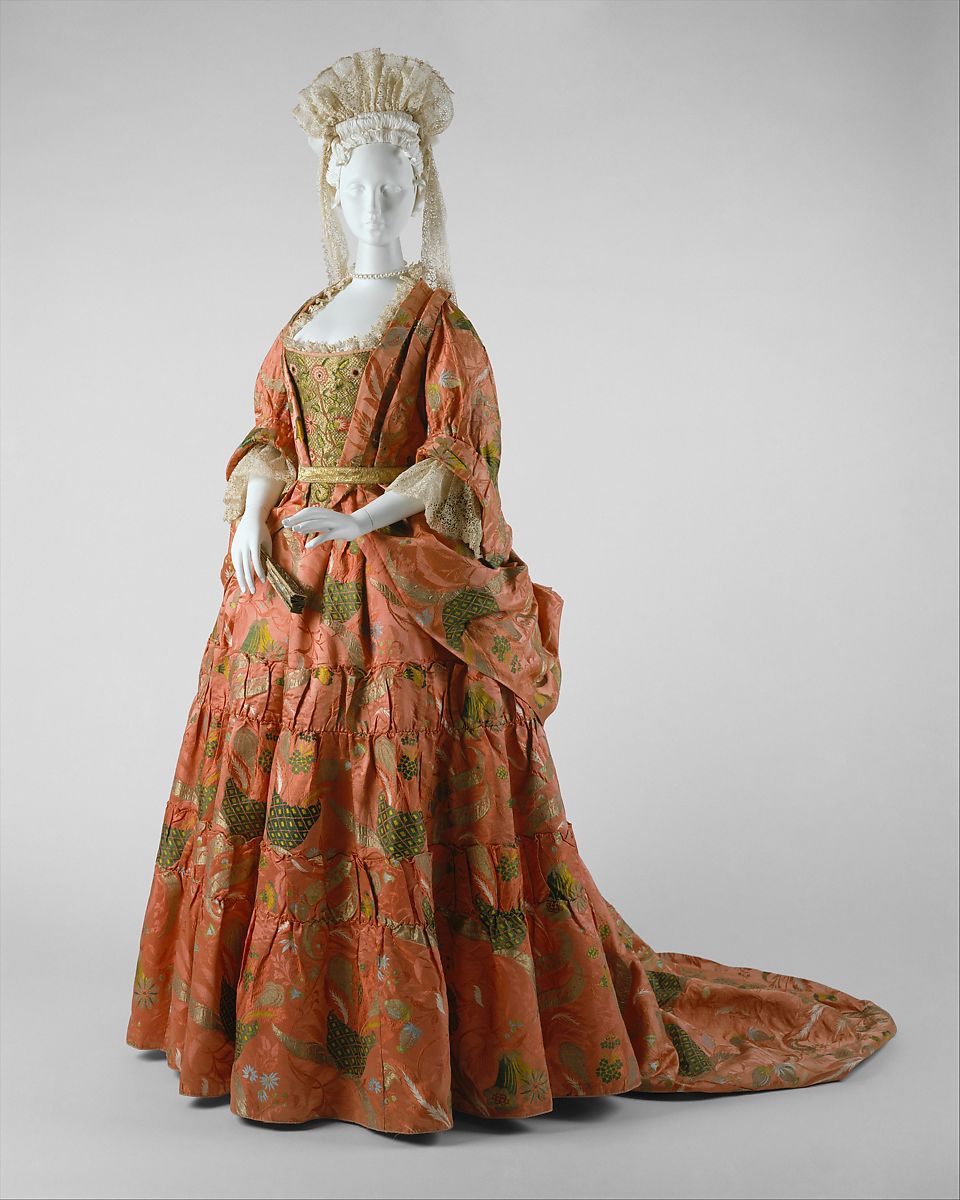
What to leave in, what to leave out: background and the research rabbit hole
I know more about women’s fashions in 1860 than any straight man has a right to know. I can spend an hour telling you about ship building techniques in 10th century Gotland. I will bore you to tears with details of Roman legionary medicine and casualty evacuation. I am a knowledge geek. If it is obscure, weird, or questions the lessons we were taught in school, I’m all in.
The internet and modern cell phone (handheld computer) have fed my addiction and provided a source of instant gratification. Want to learn about ancient Chaldean religious rituals? The magic answer box will tell you. Want to check that physics formula you learned for the test in high school and then forgot? It’s there. Anything and everything, at your fingertips. The trap is the rabbit hole of one fact leading to another and another until you’re reading about the mating habits of spoonbill storks when you just wanted to know the scientific name of the common housecat.
As an author, this is pure gold to me. I am a stickler for accuracy when it comes to history or known science. Nothing will yank me out of another author’s story faster than a glaring error of fact. As a surgeon, I am particularly hard on medical and injury errors. Yes, I can be a bit overly demanding, but the real answer is there to read in any text or paper. Why didn’t the author take the time to do the research? I once abandoned an otherwise engaging mystery because the author made an error regarding scuba diving that could have been avoiding by asking any certified diver. That it was a key plot point compounded the error.
The knowledge geek and the author in me are constantly warring over what to include in a book and what to leave out. Just because it is interesting to me, doesn’t mean my readers want to be treated to a lecture on the differences between an British Enfield and a Springfield 1863 rifled musket. So how to decide?
My rule of thumb is that less is more and the three-sentence rule. I allow myself three sentences of the most essential background needed for the reader to understand why the information is important to the story. That in depth research on women’s fashion was reduced to two lines of verbal sparing between one of my main female characters and a disapproving society matron. The real intent was not to show off my fashion sense but to make a point about the character – that she would push the boundaries in order to make herself noticeable in a setting where she would otherwise fade into the background.
I believe that we as authors have a duty beyond the fictions of Hollywood or video games to get the details right. People invest time in reading and that time should have a reward. If we get the facts wrong, the reader might not know or care (although some will, I guarantee it). But we will be perpetuating myths or false impressions that spill over into other territory. The written word carries weight. I believe that it is more lasting and influential than visual media. Let’s not waste it.
See Bruce at CoKoCon!
Bruce is a Featured panelist at the 2021 CoKoCon Event. As a virtual event, you can register for free and see Bruce and many other panelists discuss many topics September 3-6, 2021. CLICK HERE to learn more.
